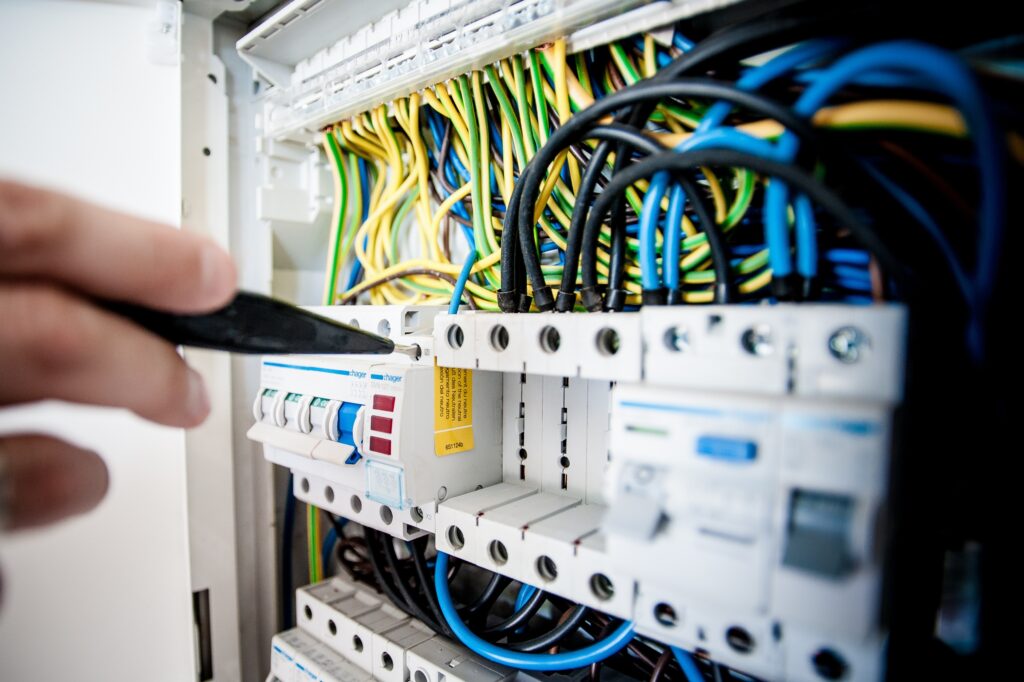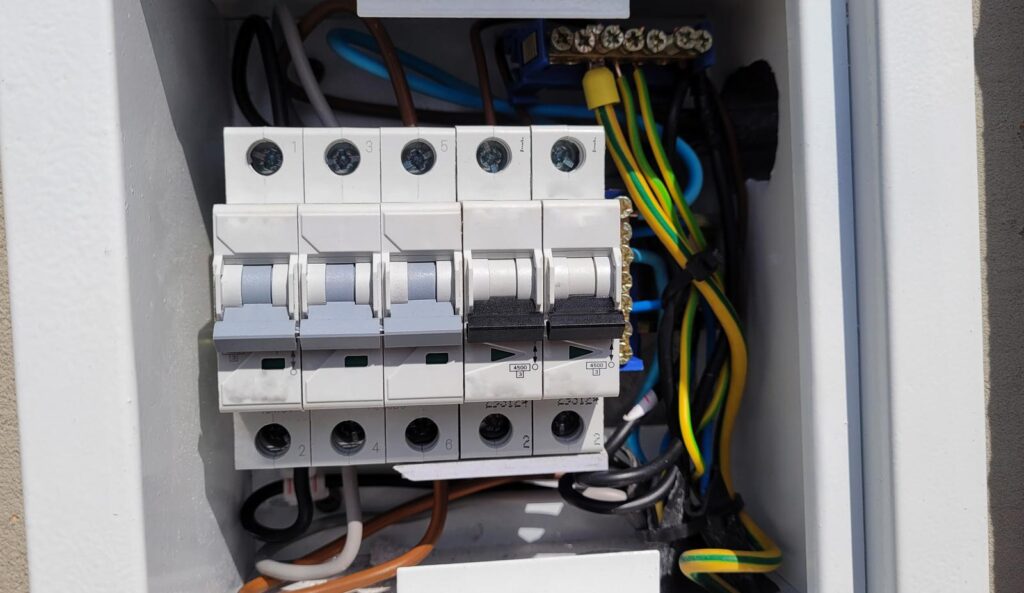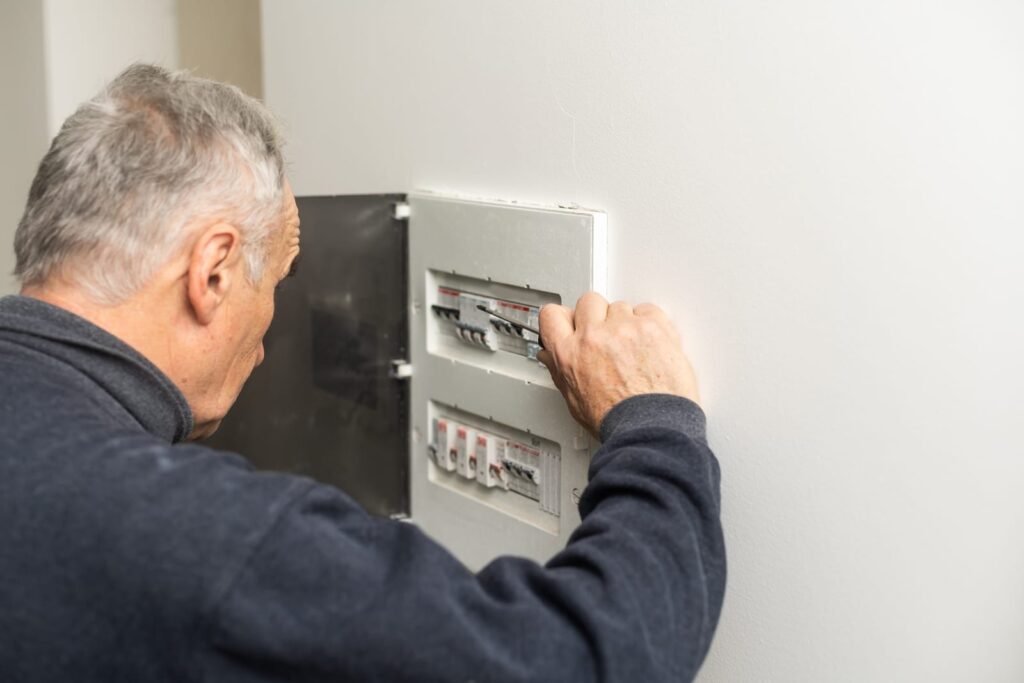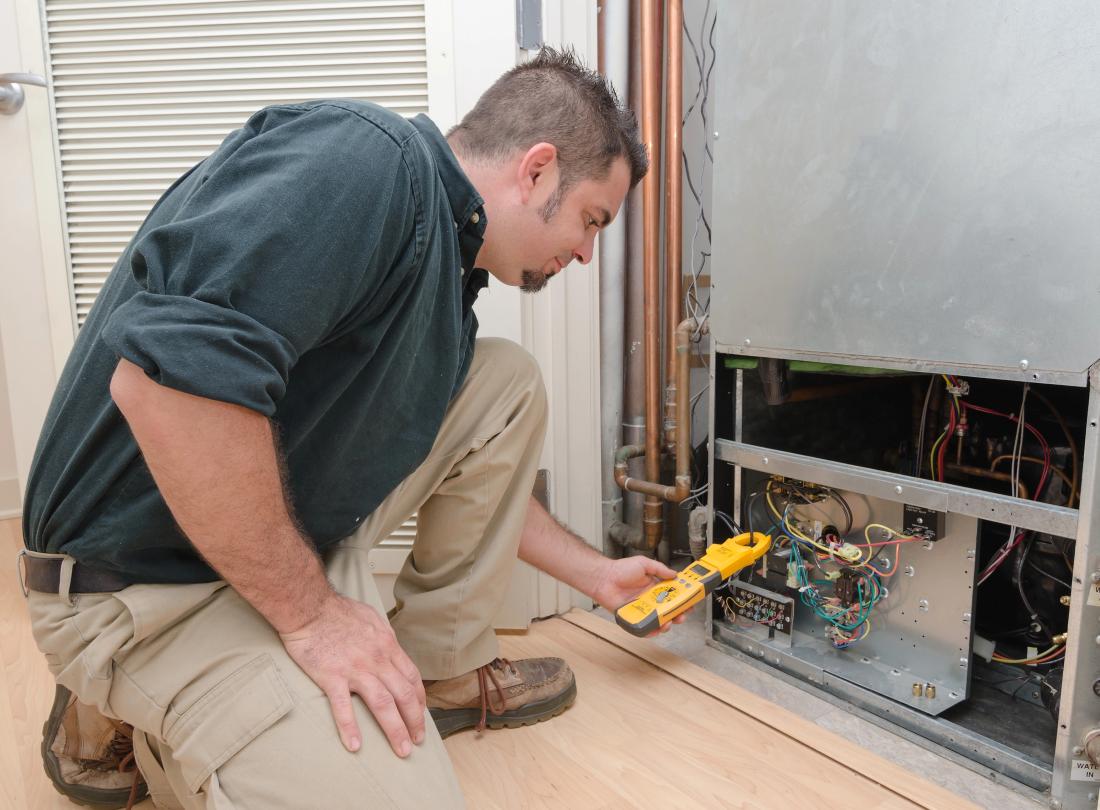Here are some of the DIY electrical repairs you can easily do by yourself at your home.
It’s always good to have some DIY electrical knowledge, as it can come in handy when you’re least expecting it. Suppose you’re at home and suddenly something goes wrong with your electricity at home. You can easily fix these small problems without having to call an electrician, and this can help save you some money.
A basic understanding of do-it-yourself (DIY) electrical repairs can be a game-changer in home maintenance. Being equipped with the knowledge to troubleshoot common electrical issues empowers homeowners and provides a cost-effective solution. In this article, we take a look into the specifics of three vital DIY electrical repairs tailored for the Australian region.

Cautionary Note on DIY Electrical Work:
Even on seemingly simple repairs, working with electricity carries inherent dangers that should not be underestimated. Electrical systems can be unforgiving, and a lack of expertise can lead to severe consequences, including electric shocks, fires, or damage to appliances.
Attempting electrical repairs without adequate knowledge poses a substantial risk to personal safety. It may compromise the integrity of your home’s electrical infrastructure. It is crucial to recognise the limitations of one’s skills and, when in doubt, seek the expertise of a licensed professional electrician.
While DIY knowledge is valuable, some tasks are best left to those with the experience and training to ensure the job is done safely and effectively. Prioritise your safety and that of your home by consulting a professional for electrical work beyond your comfort level.
How to Replace a Fuse:
- When faced with a blown fuse, swift action is crucial. Follow these steps to replace a fuse safely:
- Turn off the main power switch on the switchboard to ensure your safety during the process.
- Identify the area or equipment controlled by the blown fuse, typically specified on the switchboard.
- If uncertain which fuse is faulty, inspect and replace each fuse one at a time.
- Turn off lights and unplug appliances on the faulty circuit.
- Replace the fuse wire, ensuring it matches the correct current rating. Standard ratings include 5 amps for lighting circuits and 10 amps for socket outlets.
- Avoid leaving excess wire sticking out of the fuse carrier for safety reasons.
- Reinsert the fuse carrier and turn on the main power switch.
- Check all appliances, light fittings, and cords on the circuit. Replace or repair faulty equipment and ensure the circuit is not overloaded.
- If the fuse blows again, seek the expertise of a licensed electrician immediately.
Note: Never replace a fuse wire with a larger size or another object, as it may lead to electrical fires.

How to Check Your Circuit Breaker:
- In the event of a power outage caused by a tripped circuit breaker, follow these steps:
- Identify the lever in the “off” position or the popped-out button on the circuit breaker.
- Turn off lights and unplug appliances on the affected circuit.
- Reset the circuit breaker by pushing the lever to the “on” position or pushing the button.
- If the circuit breaker continues to trip, consult a licensed electrician promptly.
How to Wire a Plug:
- While moulded plugs that don’t require rewiring are recommended, here’s a safe way to rewire an electrical plug:
- Study the provided diagram and ensure correct color-to-letter connections.
- In Australia, power cords commonly have coloured wires resembling either configuration A or B, as illustrated below.
- Rewire the plug with the correct color-to-letter connections as per the diagram.
Warning: Incorrect wiring can result in severe electric shocks. Always double-check wire positioning when rewiring a plug.

Conclusion:
Therefore, arming yourself with knowledge of these essential DIY electrical repairs can enhance the safety and functionality of your home. Remember, if you encounter challenges beyond your comfort zone or ability, seek a licensed electrician’s assistance to ensure your household’s well-being.
While you’re here, take a look at our ultimate guide to security systems too.


